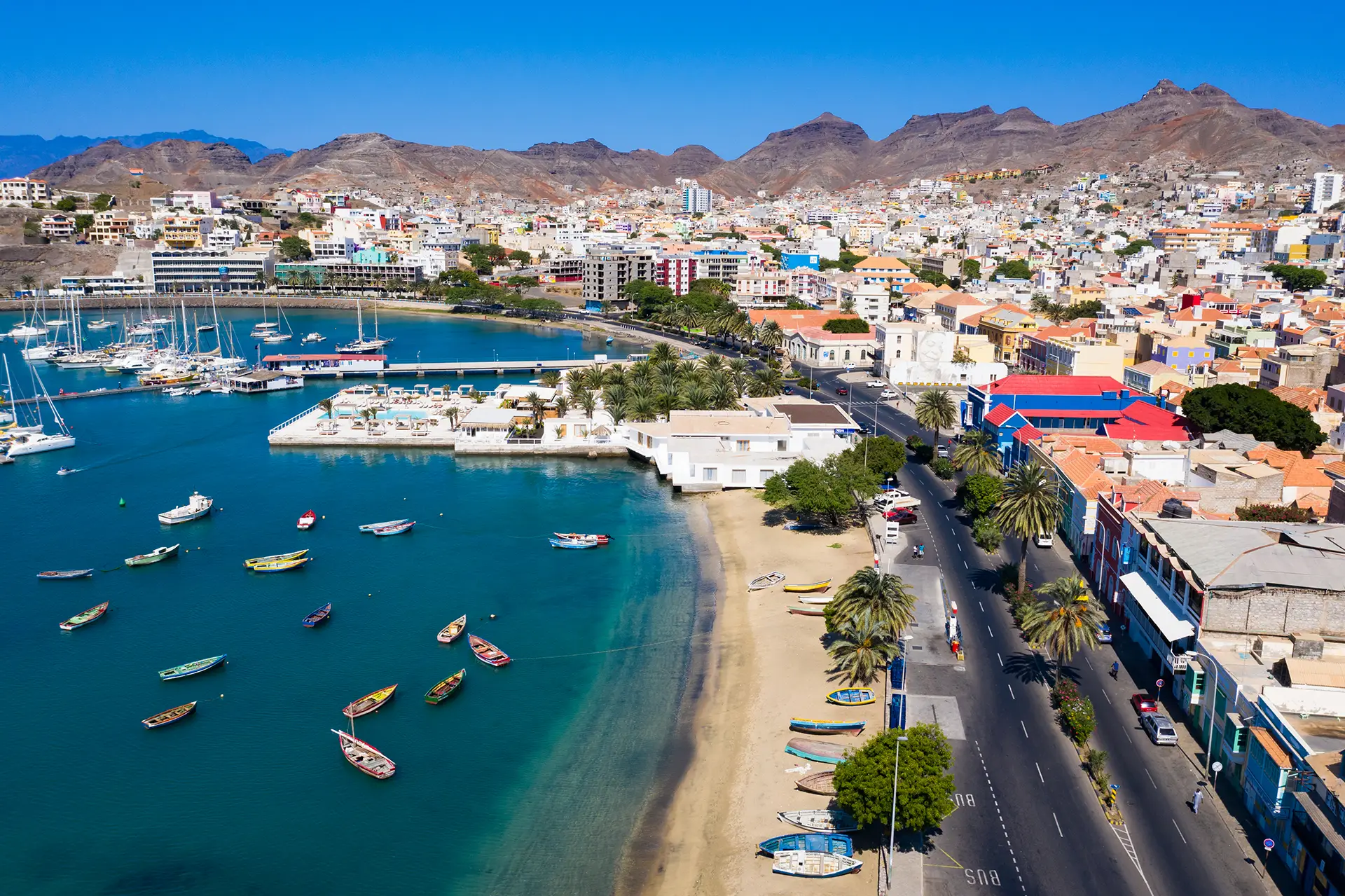Introduction
India is home to one of the world’s largest and most diverse healthcare systems, offering a combination of modern medical advancements and traditional healing practices. With a rapidly growing medical infrastructure, India provides world-class healthcare services at affordable rates, making it a popular destination for medical tourism.
If you are planning to visit India for medical treatment, it is essential to have the right visa. Learn more about the INDIAN VISA FOR BENIN CITIZENS and INDIAN VISA FOR BOSNIA CITIZENS to ensure a smooth journey.
Structure of the Indian Healthcare System
The Indian healthcare system is divided into two main sectors:
1. Public Healthcare System
The government-run healthcare system provides free or low-cost medical services through public hospitals, primary health centers (PHCs), and community health centers (CHCs). The public sector aims to serve the vast population, especially in rural areas, but often faces challenges related to infrastructure, staffing, and funding.
2. Private Healthcare System
The private sector dominates India’s healthcare industry, offering high-quality medical care through private hospitals, clinics, and specialized medical centers. Many private hospitals have state-of-the-art technology and internationally accredited facilities, attracting patients from around the world.
Strengths of the Indian Healthcare System
1. Affordable Medical Treatments
India is known for offering high-quality healthcare at a fraction of the cost compared to Western countries. Procedures like heart surgery, organ transplants, and cancer treatments are significantly cheaper while maintaining global standards.
2. Highly Skilled Medical Professionals
Indian doctors and healthcare professionals are renowned for their expertise. Many Indian doctors receive training from top institutions worldwide and contribute to advanced medical research and innovations.
3. Growth in Medical Tourism
India has become a leading destination for medical tourism due to its advanced healthcare services and affordable treatments. Foreign patients travel to India for procedures such as cardiac surgery, orthopedic treatments, fertility treatments, and Ayurvedic therapies.
4. Advancements in Telemedicine
With the rise of digital healthcare solutions, telemedicine is transforming healthcare accessibility in India. Online consultations, digital prescriptions, and remote diagnostics help bridge the gap between patients and doctors, especially in rural areas.
Challenges in the Indian Healthcare System
1. Inadequate Rural Healthcare
Despite improvements, rural healthcare services face challenges due to a lack of infrastructure, skilled professionals, and medical facilities. Many rural patients travel to urban centers for specialized treatments, increasing the burden on metropolitan hospitals.
2. Overcrowded Public Hospitals
Public hospitals often struggle with a high patient load, long waiting times, and limited resources. This issue makes private healthcare a preferred option for those who can afford it.
3. Disparities in Healthcare Access
Although India has top-tier hospitals, access to quality healthcare is not equal across the country. Urban areas have modern hospitals, while many rural regions still lack basic medical facilities.
4. Rising Costs in Private Healthcare
While public healthcare is affordable, private hospitals can be expensive. Many Indians rely on out-of-pocket expenses for healthcare, making medical costs a significant concern.
Traditional Healthcare and Ayurveda in India
India has a rich history of alternative medicine, including Ayurveda, yoga, and naturopathy. Ayurveda, a 5,000-year-old healing system, focuses on holistic well-being and natural treatments. Many international visitors come to India for Ayurvedic treatments and wellness retreats.
Government Initiatives to Improve Healthcare
The Indian government has launched several programs to strengthen the healthcare system:
1. Ayushman Bharat – Pradhan Mantri Jan Arogya Yojana (PM-JAY)
This health insurance scheme provides free medical treatment for millions of underprivileged families, covering hospital expenses for critical illnesses.
2. National Health Mission (NHM)
NHM focuses on strengthening primary healthcare services, especially in rural and underdeveloped regions.
3. Make in India for Healthcare
The initiative encourages the production of medical equipment, pharmaceuticals, and vaccines in India, reducing dependency on imports and promoting self-sufficiency in healthcare technology.
Why India is a Global Hub for Healthcare
India’s healthcare system stands out for its blend of modern medical advancements, affordability, and traditional healing practices. The country continues to attract international patients seeking specialized medical treatments, alternative therapies, and wellness programs.
If you are considering traveling to India for healthcare services, make sure to check visa requirements. Learn more about the INDIAN VISA FOR BENIN CITIZENS and INDIAN VISA FOR BOSNIA CITIZENS to ensure a hassle-free visit.
Conclusion
India’s healthcare system offers high-quality medical services, affordable treatments, and a diverse range of traditional healing methods. Despite some challenges, the country continues to make significant progress in healthcare accessibility and innovation. Whether you are a domestic patient or an international visitor, India remains one of the best destinations for medical care and wellness.
Would you like any modifications or additional details in this article?




